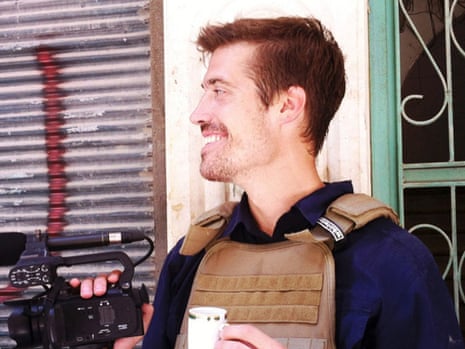The expansive anarchy of the internet continues to lull us into believing that, because we can see something, that something should be seen. Because we can say something, there is something that must be said. When there’s nothing to be seen, we are more than willing to create a spectacle so that we might have something to say.
On 9 August, unarmed, 18-year-old Mike Brown was killed by Darren Wilson. In the days since, Ferguson, Missouri – where the shooting occurred – became the site of an occupation by militarized police, a series of protests and exploitation by opportunists of all stripes. Before long, the media will leave and Ferguson will remain a troubled town with a police force that disproportionately targets its black citizens; a town where the majority of the residents are black and the majority of the elected officials and police officers who should be protecting and serving are white.
Before too long, another city will become another spectacle because another unarmed black man will be gunned down by another overzealous police officer.
In the wake of the events in Ferguson, we want information. We want to understand why Michael Brown was killed. We want to understand the events leading up to it. We are all forensic analysts. We are all detectives. We are all journalists. We are anything we want to be in any given moment because we have so much access to the spectacle – live feeds from citizen journalists, tweets from reporters and people who are in the thick of it all, images splashed across the internet, information from news feeds and, once in a while, on the major news networks.
And then we have the commentary. There is the spectacle, and then we must deliberate on the spectacle. We must demand that our favorite thinkers offer their deliberations, whether they are qualified or not, as if we cannot truly make sense of a spectacle until we are told how to do so.
Much of what we now know as spectacle is mediated through technology. We have cellphones and smartphones and iDevices and laptops and the ability to be perpetually connected. We never have to miss anything significant or insignificant.
In some ways, this unprecedented access means injustice is no longer customarily ignored or brushed aside. We do not remain silent as we mourn and rage against, for example, the deaths of Troy Davis, Renisha McBride, Trayvon Martin and Eric Garner. In other ways, it means we see too much, and are forced into spaces where it is hard to feel an appropriate amount of horror or make sense of anything.
We bear witness to the worst of human brutality, retweet what we have witnessed, and then we move on to the next atrocity. There is always more atrocity.
Journalist James Foley was kidnapped in 2012 while on assignment in Syria. On Tuesday, terrorists from the Islamic State posted a video of what appears to be Foley being beheaded. The video was posted on YouTube and AlFurqan media (though YouTube quickly took the video down). It didn’t matter. Once this sort of thing slithers into the world, the spectacle swells. The images are shared and re-shared and discussed – mostly in horror. But is it horror, really? To click on the video, knowing what you are about to see is to make yourself, in some small way, part of the story. It is to invite the horror upon yourself. We cannot absolve ourselves.
Of course, the terrorists understand this perfectly. They knew what they were doing when they uploaded the video. They understand the economics of spectacle. They supplied an insatiable demand.
In St Louis, Missouri, Kajieme Powell was also killed by a police officer, in broad daylight. The police said that he had a knife raised over his head but, in a video released on Wednesday, we see that, though Powell was agitated and demanding, “Shoot me”, he was several feet away from the police officers. And then, in the video, on YouTube, there is the staccato of 12 gunshots.
The entire tragedy became spectacle because a passerby was filming the incident before, during and after. He was armed with his cellphone. He was primed for a spectacle because this is the culture we have wrought, one in which we are perpetually ready to bear witness even if we do not know, in advance, what we will bear witness to. “I got everything on tape,” says the man with his cellphone, over and over and over again.
In the last minutes of the video of the killing of Kajieme Powell, several other witnesses are seen holding their cellphones up so that they, too – so that we, too – might have a piece of the testimony. No matter where we are, no matter who we are, we can be part of the spectacle. Far too few of us question whether or not we should be.
